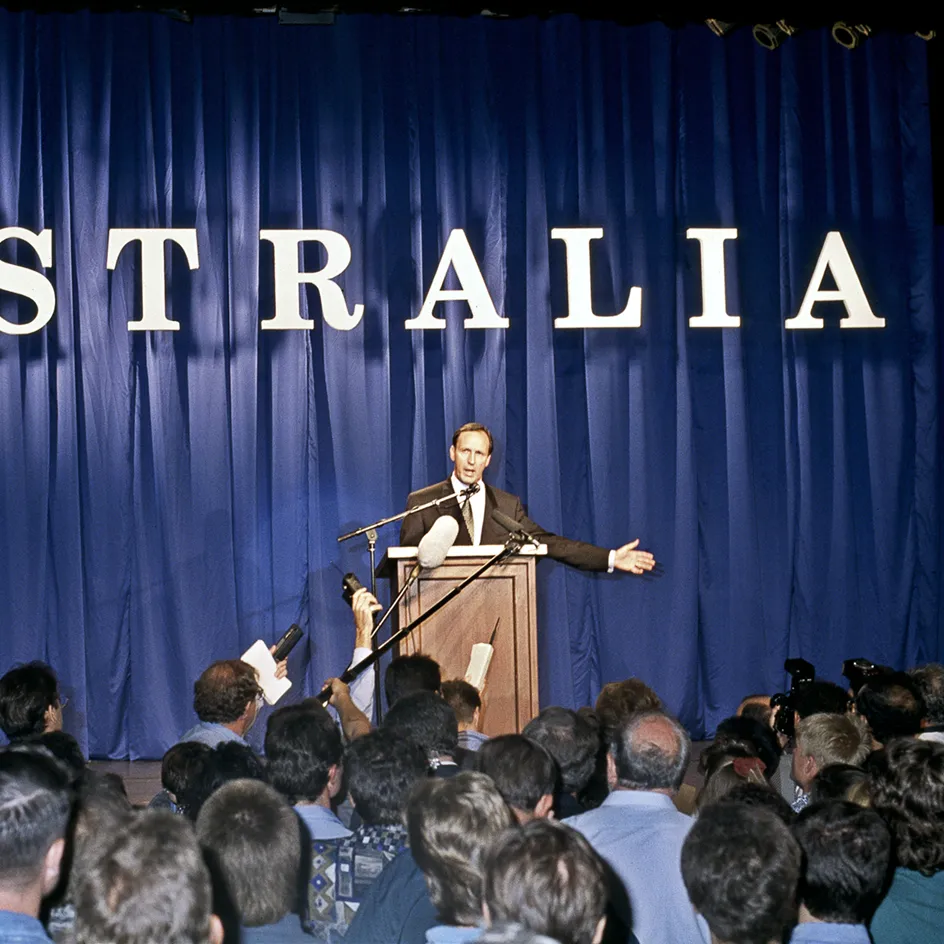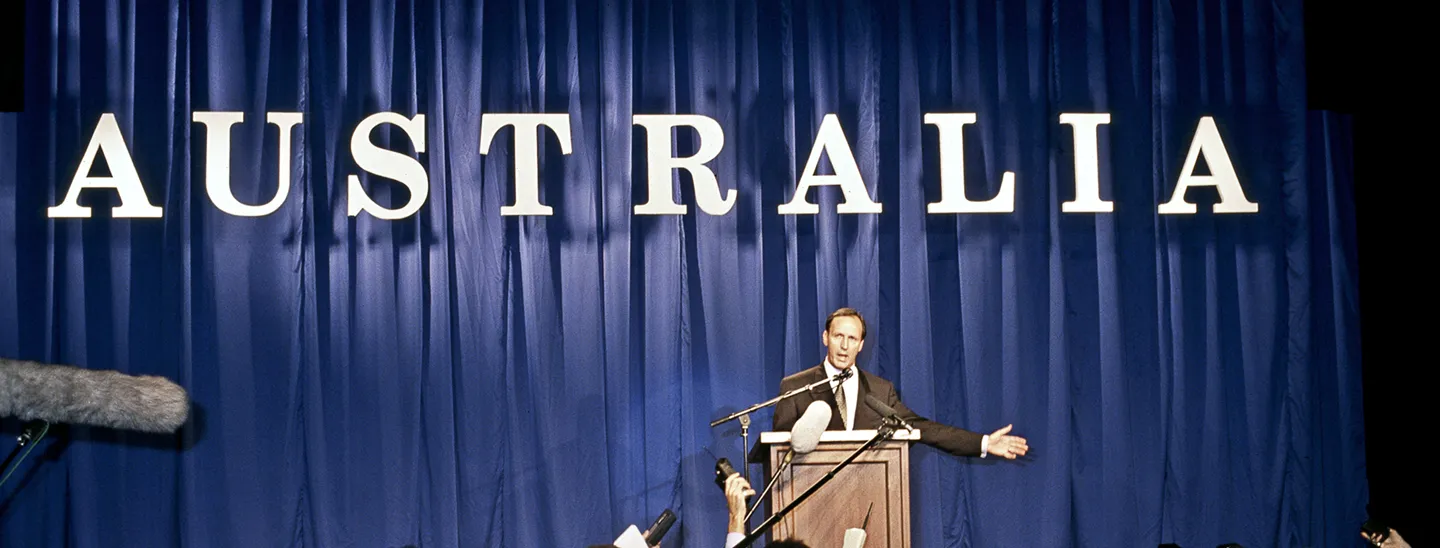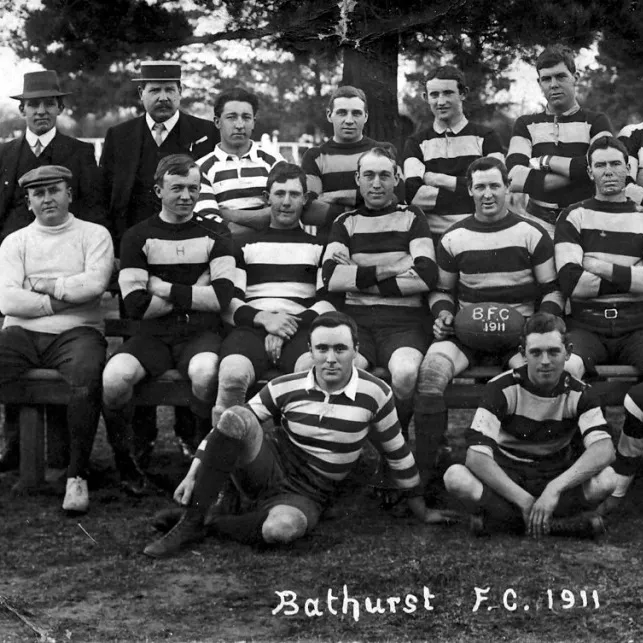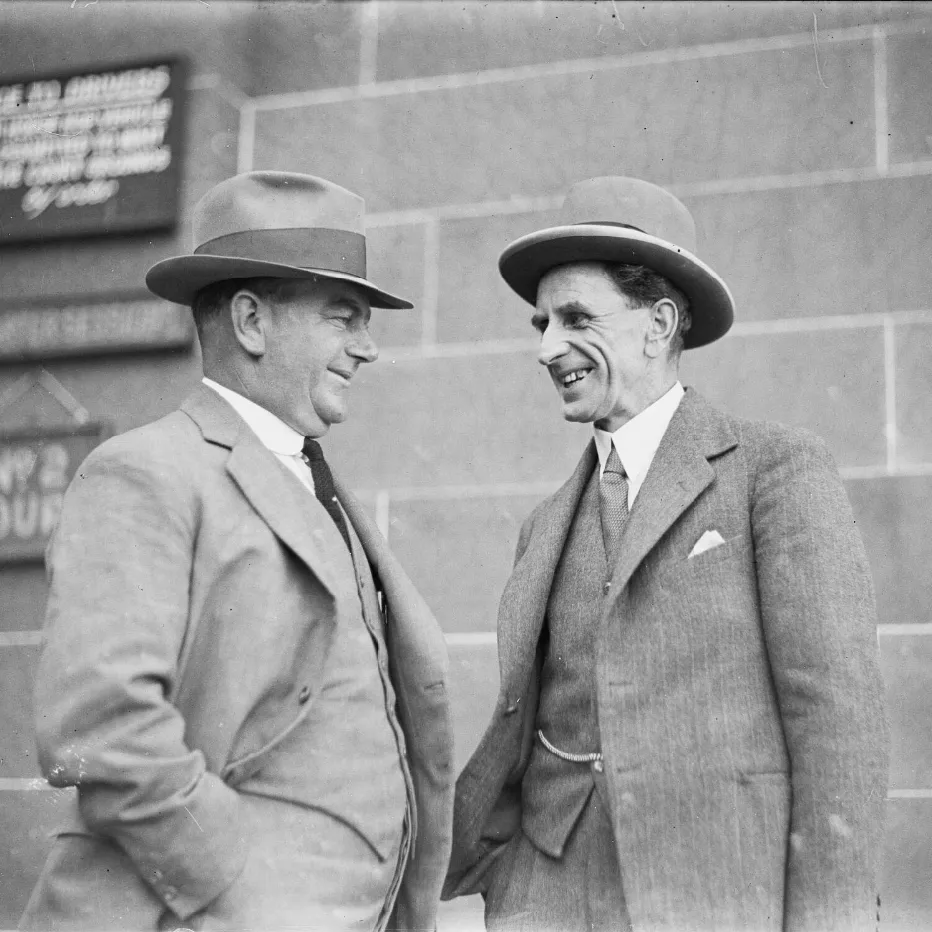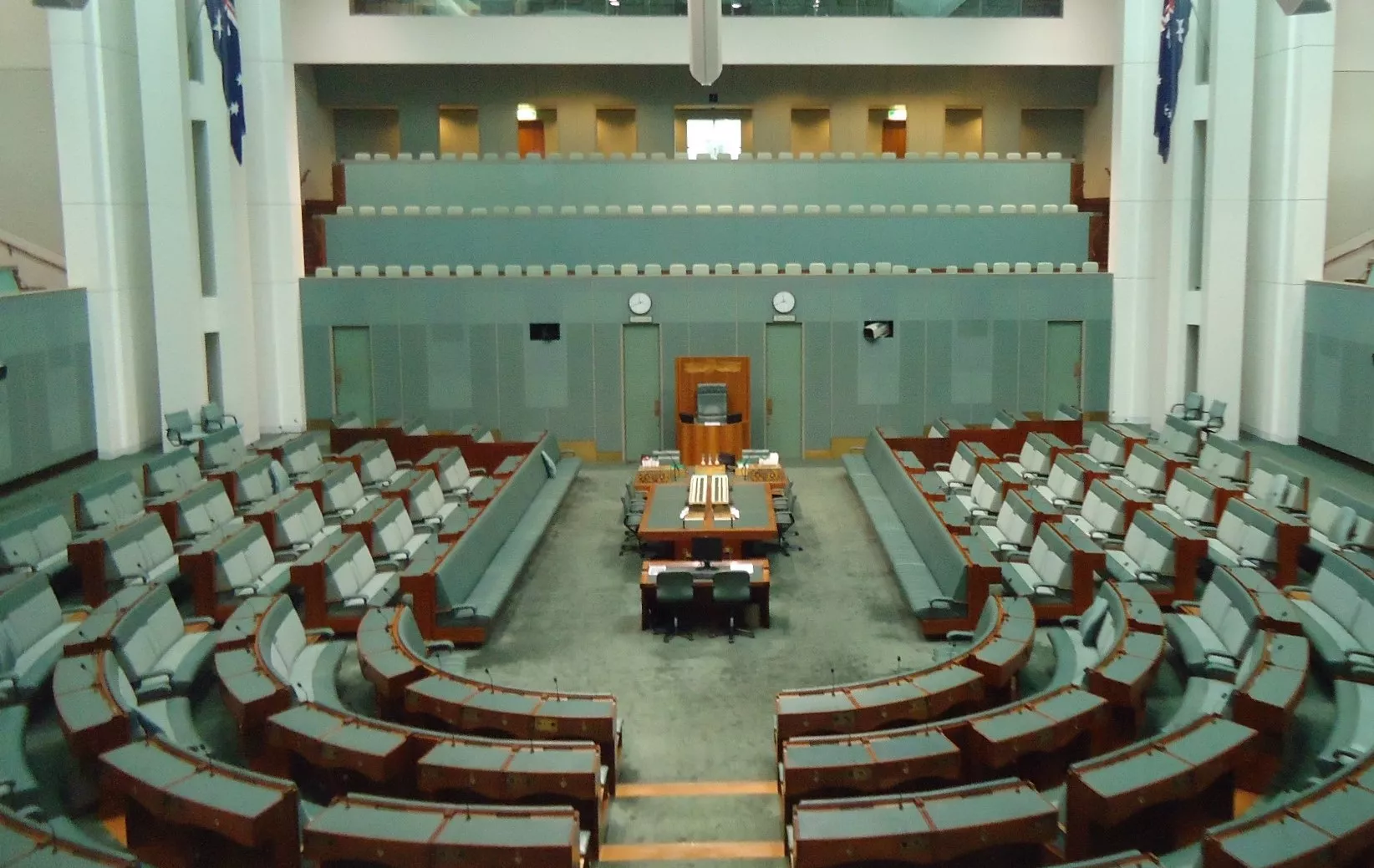How are party leaders chosen?
- DateWed, 23 Jun 2021
In June 2021, the National Party replaced its leader Michael McCormack with former leader Barnaby Joyce, an unexpected change in Deputy Prime Minister.
While plenty joke about it, the way parties choose their leaders is a critical part of the parliamentary system, and while each party has slightly different rules, they all follow some basic principles.
We know early Australian leaders were elected by their party rooms, but we often don't know much at all about how that process worked. Sometimes when a ballot was held, we don't even know what the numbers were. In today's era you can find out a lot more and follow each change in real time on social media.
Here's how each of the main Australian parties in the federal parliament chooses its leader.
Labor
Historically, Labor followed the simple model most parties did – the party room (in Labor's case called the Caucus) would meet, and a simple ballot would be held. Certainly at least since the 1990s, the ballots were on paper, and counted by an official.
In 2013 a change was announced and now the ALP's federal leader, as well as those in some states, are chosen by a combination of the party's rank-and-file members and Caucus. To be elected leader, a candidate needs to win enough votes in both. In 2013, Bill Shorten's victory in Caucus was large enough that it offset Anthony Albanese's victory in the member vote, and he was elected leader. In 2019 Albanese would have faced the same process, but he was ultimately unopposed and no vote took place.
Since 2013, Labor's Caucus has a rule that either 60% (in opposition) or 75% (in government) of Caucus has to agree before the leader can be removed, but this is only a Caucus rule and not in the party constitution.
Liberal
The Liberal Party's rules are mostly unchanged from its foundation; a majority vote by the party room, just as Labor's once was. In the case of multiple candidates, a run-off system is used where the lowest-polling candidate is eliminated and a new vote held until there's a winner. In 2018, Scott Morrison introduced a new rule that if a prime minister goes to a general election and wins it, a two-thirds majority is needed to remove him or her from the leadership. Both this and Labor's changes were brought in to prevent what seemed to many people as an unusual and unnecessary 'revolving door' of leadership while in power.
The Nationals
The National Party follows the same system as the Liberals – a simple majority of members of the party room is enough to elect a leader, who in government is invariably Deputy Prime Minister, even if elected straight from the backbench. The party's constitution gives the party room the power to dictate the rules of election so it could easily change it if it ever wanted to.
The Greens
The Australian Greens' constitution doesn't outline how the leader is chosen and leaves it to the party room. Currently, a simple majority in the party room is all that's needed. There is an active movement within the Greens, including all the former party leaders, that wants to give rank-and-file members a say in the party's leadership.
In most Westminster democracies, the 'simple vote in the party room' model has been largely dispensed with. Most parties in the UK, New Zealand and Canada no longer use it and have some form of ballot taken by their grassroots members. Is Australia behind the times? Some argue that since the leader is first and foremost responsible to the party room, the party room should choose them. Others believe ordinary party members having a say democratises the process, makes the leader more accountable, and drives recruitment.
Should rank-and-file members, or even voters, be choosing party leaders? Or is it best left to politicians?
